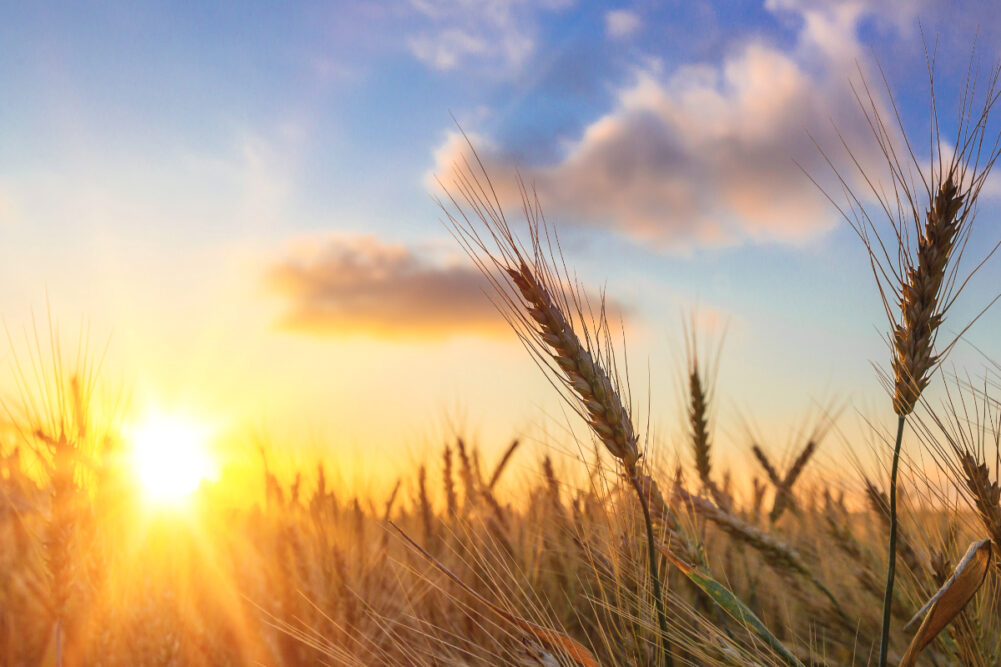KANSAS CITY — Several speakers referenced weather as the key factor in their grain and oilseed price and production forecasts for 2021, with details delivered by meteorologist Drew Lerner in the June 8 opening session of the Sosland Publishing Co. virtual Purchasing Seminar.
While there are some areas of concern, Mr. Lerner, founder and president of World Weather, Inc., Overland Park, Kan., forecast generally non-threatening summer weather for the US Midwest, conditions necessary to replenish tight corn and soybean stocks that in part have driven prices to multi-year highs this year. Subsoil moisture was adequate in the Midwest with a two-week margin to get crops into July, he said. Precipitation has been below average so far this season, but temperatures also have been cooler, which has helped preserve soil moisture supplies.
That will be crucial for the corn crop, much of which is expected to be in its critical yield-determining pollination phase from July 4-20, said seminar speaker Ankush Bhandari, vice president of economic research at Gavilon Group, LLC. He indicated the crop was about five to seven days ahead of average this year.
A dry “bias” in the northern (reaching into Canada) and southern Plains (reaching all the way into Mexico) could merge and affect the western Midwest, but the eastern Midwest “does better” with precipitation and will be okay if temperatures are not hot, Mr. Lerner said. A high-pressure ridge is expected to build, which will slow the movement of hot, dry weather into the western part of the Midwest. If that ridge shifts east, however, drier conditions will follow, he said.
The currently dry Upper Midwest is a “problem area,” he said.
“The moisture deficit in these areas (northern Plains and parts of the Canadian Prairies) is substantial,” Mr. Lerner said, noting that recent rainfall in parts of the Canadian Prairie were helpful but not enough. June and July will have a dry bias in the southern Canadian Prairies, and dryness “may be a prevailing issue across Canada,” he said. The dry bias will continue into August in the Upper Midwest, western Corn Belt and Canada, he said.
The US Southeast will fare better than in past drought years, Mr. Lerner said.
Mr. Lerner said he expects an above-average tropical storm season with 15 major storms this year, but not as heavy as in 2020 and likely less severe than some other recent forecasts. Most storms will be focused in Florida and in the Southeast, he said.
Several major growing areas around the world will tend toward a “dry bias” in July and August, but most are not in danger of severe drought, Mr. Lerner said, although dryness in Brazil “is not going to change.” There has been some recent rainfall in Brazil, but parts of that country are experiencing the worst drought in 90 years, according to the Brazilian government, which has issued warnings for agriculture and power generation sectors.
Southeast Asia still lacks moisture but is not a crisis, Mr. Lerner said. Thailand is coming out of two years of severe drought. India’s critical monsoon is poorly defined early in the season (which began around the first of June), but is “working okay,” he said. The India Meteorological Department recently forecast 2021 monsoon rainfall slightly above average for the full season.
Other Purchasing Seminar speakers, including Steve Freed, vice president of grain research, ADM Investor Services, stressed the importance of weather and the need of moisture in the near future across the United States and Canada, noting increased volatility in grain and oilseed futures because of weather and near-term forecasts.
The latest US Drought Monitor released June 10 and valid as of June 8, showed extreme drought across much of North Dakota and a pocket of exceptional drought in the north central part of the state. Moderate to severe drought covered large portions of Montana, South Dakota and Wyoming, with abnormally dry to moderate drought conditions across Minnesota, Iowa, northern Nebraska and much of Wisconsin and Michigan. Drought conditions generally have been relieved across eastern Colorado, southern Nebraska, all of Kansas and most of Oklahoma and Texas, the major hard red winter wheat region that earlier in the season was experiencing drought conditions, the Drought Monitor showed. No drought issues were evident across Missouri, Illinois, Indiana, Ohio or most of the Southeast.





